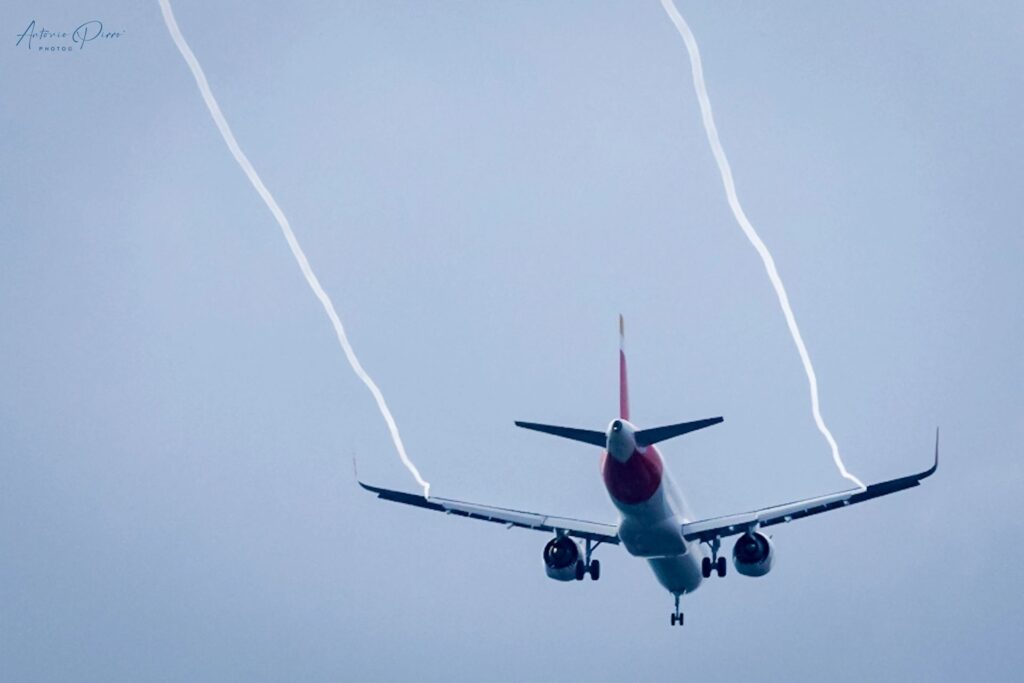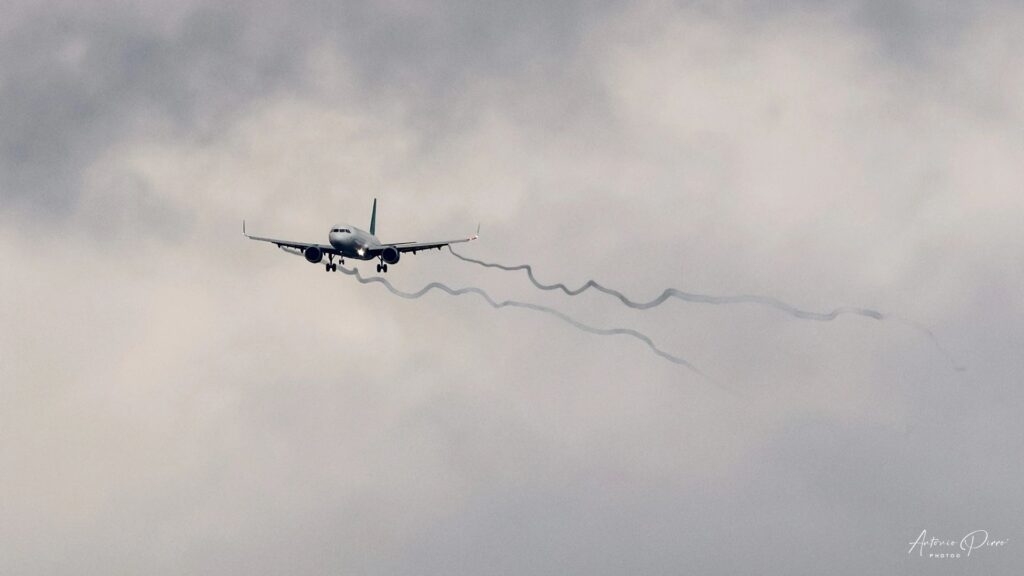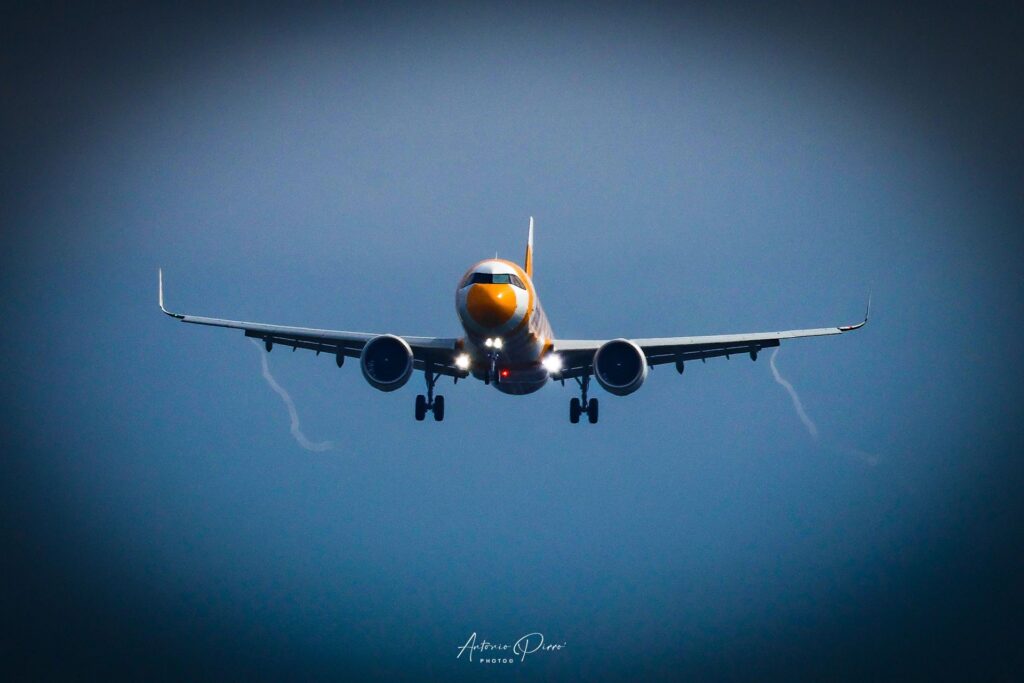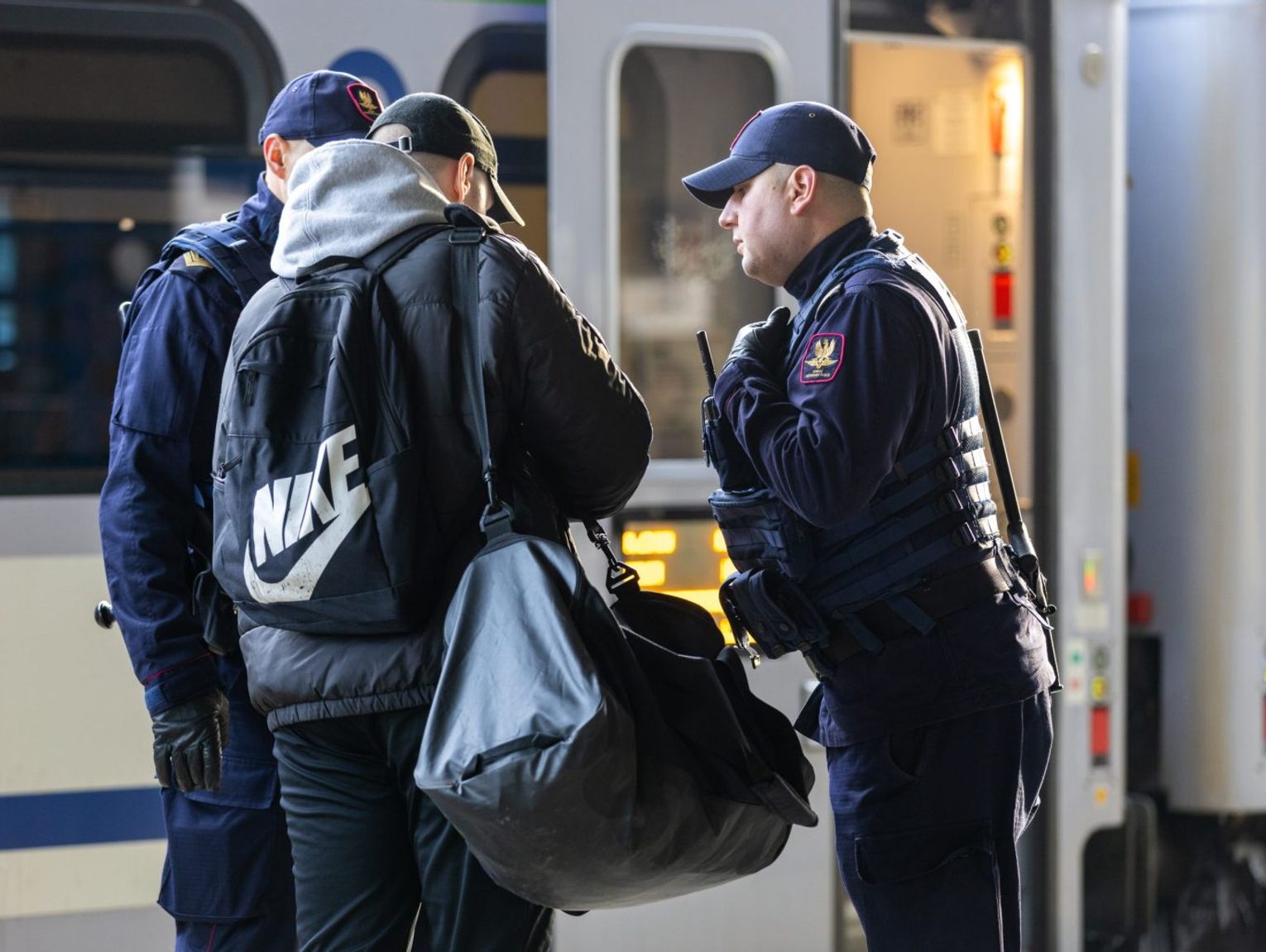
MONTREAL- An Air Transat (TS) Airbus A321neo en route from Manchester (MAN) to Toronto (YYZ) encountered wake turbulence northeast of Gander (YQX), resulting in injuries to two flight attendants.
At the time of the incident, an Ethiopian Airlines (ET) Airbus A350-1000 flying from Washington Dulles (IAD) to Addis Ababa (ADD) was cruising 1,000 feet above the Air Transat aircraft in the same airspace.
 Photo: Aero Icarus | Flickr
Photo: Aero Icarus | FlickrEthiopian A350 Wake Turbulence Hits Air Transat
The incident occurred on July 27, 2025, while Air Transat flight TS207, operated by an Airbus A321, registered as C-GOIR, was cruising at 34,000 feet. The flight had 196 people onboard and was approximately 170 nautical miles north of Gander (YQX) when it was affected by wake turbulence.
Ethiopian Airlines flight ET501, an Airbus A350-1000, registered as ET-BAX, was flying at 35,000 feet along a similar route and directly above the Air Transat aircraft at the time.
Wake turbulence generated by the A350 disrupted the airflow, causing turbulence strong enough to injure two members of the cabin crew onboard TS207.
The disturbance was initially suspected to have come from an Airbus A380, but Canadian investigators confirmed the source as the Ethiopian A350.
According to the Transportation Safety Board of Canada (TSB), the turbulence caused injuries that incapacitated one crew member. First aid was administered promptly onboard, and the aircraft remained structurally sound. The flight continued without diversion and landed safely at Toronto Pearson International Airport (YYZ).
There were no reports of passenger injuries, and the aircraft did not require any emergency services upon arrival. Ethiopian Airlines ET501 continued its transatlantic crossing without incident and proceeded to Addis Ababa (ADD) as scheduled, Aviation Herald reported.
 Photo: photo101 | Flickr
Photo: photo101 | FlickrSimilar Incident
On March 16, 2024, A Lufthansa (LH) Airbus A380 departing from Los Angeles International Airport (LAX) to Munich (MUC) encountered wake turbulence just minutes after an Emirates (EK) A380 took off from the same runway.
Both widebody aircraft used runway 7R at LAX, with Emirates flight EK216 departing to Dubai (DXB) at 19:20 PDT, followed closely by Lufthansa flight LH453. The close timing and similar aircraft types led to notable aerodynamic effects.
Close-Sequence A380 Departures at LAX
The incident unfolded during a live broadcast by L.A. FLIGHTS, drawing attention from aviation watchers worldwide.
The Emirates A380, registered A6-EVF, had been delayed by nearly three hours before it finally lifted off toward Dubai. Just two minutes later, Lufthansa’s A380, registration D-AIMK, began its takeoff roll for its overnight transatlantic service to Munich.
As Lufthansa LH453 climbed out, the aircraft encountered wake turbulence generated by the Emirates A380.
Viewers observed visible wing corrections as the Lufthansa aircraft stabilized. Wake turbulence is a known risk when large aircraft follow each other too closely in sequence, particularly with super-heavy types like the Airbus A380.
 Photo: Antonio Pirro’
Photo: Antonio Pirro’Wake Turbulence Explained
Every aircraft, from the smallest trainer to the largest widebody jet, produces wake turbulence during flight.
Wake turbulence results from the aerodynamic forces that generate lift. When one aircraft encounters another’s wake, especially near airports or during approach and departure phases, the risk of control loss or structural damage increases.
How Wake Turbulence Forms and Why It Matters
Wake turbulence forms due to the pressure differential between the upper and lower wing surfaces during flight. This pressure imbalance causes swirling air masses—called vortices—to trail from each wingtip, forming two powerful, counter-rotating cylinders of air. These vortices can persist for minutes, especially in calm or low-wind conditions.
Aircraft in a HEAVY, CLEAN, and SLOW configuration—meaning high weight, no flaps deployed, and low speed—generate the strongest vortices. While winglets may improve fuel efficiency, studies show they have minimal impact on reducing wake turbulence, especially at low speeds during takeoff and landing.
Wake turbulence becomes dangerous when a following aircraft, especially a lighter or smaller one, enters these vortex cores. This can cause sudden rolling moments that exceed the pilot’s ability to control the aircraft. Testing has confirmed that smaller aircraft, particularly those with short wingspans, are more susceptible to these induced rolls.
 Photo: Antonio Pirro’
Photo: Antonio Pirro’Vortex Characteristics and In-Flight Behavior
Wake vortices exhibit predictable yet hazardous behavior:
- Descent Rate: Vortices from large aircraft can descend several hundred feet per minute before dissipating.
- Lateral Drift: Close to the ground, vortices tend to move sideways at about 2–3 knots, influenced by wind.
- Persistence: Calm air extends their life, while turbulence can break them up faster.
- Crosswind and Tailwind Effects: Even light crosswinds can shift the vortices into unexpected paths, while light quartering tailwinds present one of the highest risks—keeping turbulence in the touchdown zone longer.
Pilots are encouraged to remain above and upwind of the flight path of larger aircraft and should avoid flying below or directly behind them, especially in terminal areas like Los Angeles (LAX), where simultaneous parallel runway operations are common.
Wake Turbulence Hotspots and Risk Scenarios
The most common and hazardous wake turbulence encounters happen in terminal areas during:
- Visual Approaches: Especially when following a larger aircraft without sufficient separation.
- Parallel Runways: Where vortices may drift across to adjacent runways less than 2,500 feet apart.
- Crossing Runways: Where wake sinks into another aircraft’s path.
- Calm Wind Conditions: When vortices can remain in place longer and drift unpredictably.
Critical moments include takeoff and landing after a heavier aircraft, touch-and-go or low approach maneuvers, and intersection departures behind departing traffic.
For example, if a Boeing 747 departs from New York JFK (JFK), a smaller aircraft taking off shortly after on the same runway risks flying into its lingering wake.
Air Traffic Control Separation and Pilot Responsibility
Air Traffic Control (ATC) applies strict wake separation rules:
- Small aircraft behind a Heavy: 5 miles.
- Small behind a Super: 8 miles.
- Departures behind Heavy/Super: 2 to 4 minutes, depending on aircraft size and position.
Controllers also provide wake turbulence warnings to VFR pilots and enforce spacing based on aircraft type. But when a pilot accepts a visual approach clearance or follows an aircraft, the responsibility for maintaining safe wake separation shifts to the pilot.
ATC uses the terms “Super” and “Heavy” to alert others of aircraft with increased wake potential. These categories apply to aircraft like the Airbus A380 (Super) and Boeing 777 (Heavy).
 Photo: Antonio Pirro’
Photo: Antonio Pirro’Vortex Avoidance Techniques for Pilots
To reduce the risk of wake encounters, pilots should follow these procedures:
- Landing behind a larger aircraft (same runway): Stay above its approach path and land beyond its touchdown point.
- Departing behind a larger aircraft: Rotate before the preceding aircraft’s rotation point and climb above its path.
- Crossing runways: Avoid flying below the departure or arrival path of the larger aircraft.
- En route flying (VFR): Avoid tracking below and behind heavier aircraft, even at altitude.
For helicopters, the threat is just as real. Rotor downwash creates high-speed vortices that behave similarly to fixed-wing wake turbulence. Small aircraft should remain clear by at least three rotor diameters in hover scenarios.
Wake Turbulence Recategorization (RECAT) and New Standards
The FAA and ICAO are evolving wake turbulence classification through the Wake Turbulence Recategorization (RECAT) initiative. This replaces legacy weight-based categories with a system considering aircraft weight, wingspan, and approach speed.
RECAT allows for more efficient airspace usage at airports like Dallas/Fort Worth (DFW), Chicago O’Hare (ORD), and others. It helps ATC apply separation standards that reflect actual vortex behavior rather than general aircraft size.
As RECAT expands, pilots must stay informed about applicable separation minima at their departure and arrival airports.
Pilot Best Practices and Reporting
In any phase of flight, if a wake turbulence event occurs, pilots should:
- Report to ATC: Include altitude, roll angle, and duration.
- Use the Aviation Safety Reporting System (ASRS): To share detailed information with regulators and researchers.
During visual approaches, pilots can ask ATC for updates on the separation and groundspeed of heavier aircraft ahead. And if in doubt about safe spacing, always request additional separation—especially during takeoff or final approach.
Stay tuned with us. Further, follow us on social media for the latest updates.
Join us on Telegram Group for the Latest Aviation Updates. Subsequently, follow us on Google News
Delta Flight Diverted to Minneapolis After Severe Turbulence, 25 Injured
The post Ethiopian A350 Wake Turbulence Hits Air Transat A321, Two Attendant Injured appeared first on Aviation A2Z.










![Niedobrze u niepełnosprawnych. Źle z Wytycznymi, świadczeniem wspierającym, kwotami świadczeń [List]](https://g.infor.pl/p/_files/37885000/shutterstock-1905886204-37885243.jpg)





